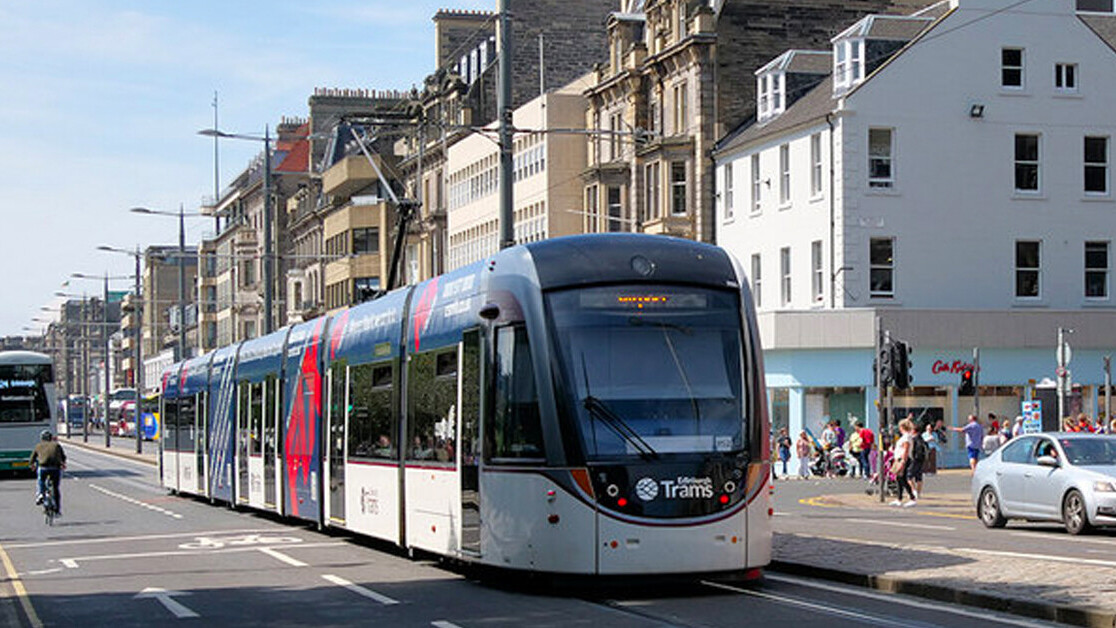This article was originally published by Christopher Carey on Cities Today, the leading news platform on urban mobility and innovation, reaching an international audience of city leaders. For the latest updates follow Cities Today on Twitter, Facebook, LinkedIn, Instagram, and YouTube, or sign up for Cities Today News.
Edinburgh City Council has published a ten-year plan aimed at delivering a more integrated and sustainable net-zero transport system.
The City Mobility Plan – which is subject to approval at the Transport & Environment Committee on 19 February – will replace Edinburgh’s Local Transport Strategy. It sets out a strategic approach to the sustainable movement of people and goods around the city over the next decade.
Measures include a commitment to encourage a change in public behavior towards the use of sustainable transport, the expansion of the tram and mass rapid transit network, improvements to bus routes, creating ‘mobility hubs’ in existing communities and new developments, and the introduction of a city operations center to monitor traffic.
Future development
The plan is aligned with the forthcoming City Plan 2030, the council’s second Local Development Plan, which aims to transform the city’s overall development and manage Edinburgh’s growth.
The city carried out a public engagement campaign in 2018 to gather ideas on new policy measures and has incorporated this feedback on how to improve public transport provision, cycling, walking, and electric vehicle infrastructure, and reduce the volume of polluting traffic in the city.
Edinburgh Council Leader, Adam McVey, said: “We’re already making great strides towards reducing carbon emissions in Edinburgh but, if we are to achieve our 2030 target, now is the time to be even bolder and more ambitious. The City Mobility Plan offers a radical, 10-year plan to transform transport in the Capital, achieving the kind of change we need by expanding the use of bus, tram, rail, walking, and cycling to provide the best quality of life for everyone.
“What’s crucial to any strategy, however, is the buy-in of our residents and those who travel into the Capital to work and visit. Everyone needs to play their part and I look forward to engaging with the public as we progress a finalized City Mobility Plan, alongside the development of the City Plan 2030.”
[Read: ]
MaaS
Last month Scotland’s national transport authority announced it was making £1 million (US$1.38 million) available for companies looking to expand their Mobility as a Service (MaaS) solutions across the country.
The program was established to support the Scottish Government’s green goals by enticing people away from private car ownership to reduce carbon emissions.
A key concept of MaaS is providing people with accessible, digital access to travel information, so they can be better informed on the different ways to undertake their journey.
This includes solutions to gather personalized travel requirements into a single travel app or a service that allows unlimited access to multiple transport providers via a monthly user fee.
Finnish firm Maas Global launched a MaaS service in the West Midlands in 2018 through its Whim app, providing integrated access to train, tram, bus, taxi, cycle hire, car hire, and parking services across the urban region.

SHIFT is brought to you by Polestar. It’s time to accelerate the shift to sustainable mobility. That is why Polestar combines electric driving with cutting-edge design and thrilling performance. Find out how.
Get the TNW newsletter
Get the most important tech news in your inbox each week.





